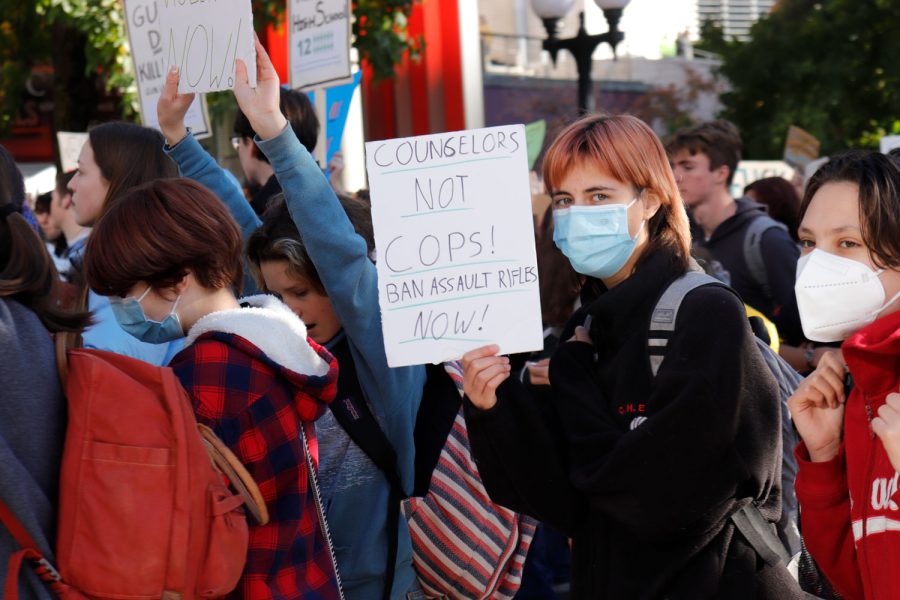Preparing for the Worst Case Scenario
Recent shootings cause schools to address student safety and rethink security plans
Lock the door. Close the shades. Power off your phone. These are the steps that students follow when the school enters a lockdown. In and out of school, gun violence and shootings plague students’ minds, especially when these events occur close to University Prep.
The Ingraham High School shooting on Nov. 8, 2022, resulted in the death of one student and has caused administrators to reflect on the safety of students at school.
“We will dig in again and look at what our crisis response plan is,” Director of Upper School Joel Sohn said. “And make sure it’s sufficient to address something like that, should that happen.”
Students have also had to rethink their safety at school.
“I usually feel pretty safe at UPrep.” Sophomore Gwen Hampden said. “A shooting has definitely crossed my mind, it’s a possibility. But, it’s a smaller community. It’s harder to imagine something like that happening here.”
Faculty and staff have a crisis plan in place for situations that may cause imminent danger to UPrep. The crisis plan is created by a crisis team; Sohn is one of the team’s leaders.
“Every faculty member, adult member on campus, and staff are notified of our emergency response plan,” Sohn said. “Our business office, HR, and facilities teams work hard to coordinate with the local authorities, fire department, and police on what that response should look like.”
Though the crisis team has contact with the authorities, they have to make quick decisions without much information. Head of School, Ronnie Codrington-Cazeau, is an essential part of the team.
“The good thing about our crisis team is that she pulls together who’s available right then. We need to make a decision right now,” Assistant Head of School for Finance and Operations Susan Lansverk said. “Do we need to do something? Is there any risk to our campus?”
UPrep follows the state protocol surrounding lockdowns to create the safest environment they can in these dangerous situations according to Facilities Assistant Micah Green.
“Every student has to be in a concealed and locked environment. Faculty also have to be locked down, but students are secured first. Then, there is no roaming in the halls,” Green said. “Everybody just goes dead silent and phones are collected; no calls in or out because that can make a situation much worse. Communication has to be highly controlled so that we do not have parents calling and showing up at school while there is a shooter here.”
Lansverk explains that the crisis team has decided to make students turn phones off and put them on their desks.
“A lot of times in crisis, you know you’re getting information off of Twitter, and it’s like, well, that might not be information that’s good for you to act on when you’re in a lockdown,” Lansverk said.
However, some students are not a fan of this policy.
“I would like to text my family and friends that this is happening,” sophomore Anthony Chavez Cruz said. “If I don’t have my phone, I can’t do that.”
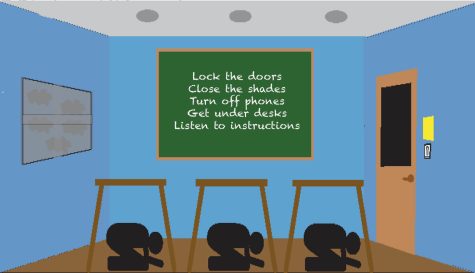
There are pros and cons to turning phones off.
“On one hand, I think it’s good that people aren’t communicating with people outside of the school during a lockdown, because that can be dangerous,” Hampden said. “But I also feel like sometimes people need the support of talking to their parents or even just the distraction of their phones to help them stay calm.”
A concern of the administration is that misinformation would spread via social media.
“Rumors would definitely spread,” Chavez Cruz said. “But I think it’s a safety hazard not having your phone with you. We can do more than text; you can also call emergency services.”
According to Sandy Hook Promise, a non-profit created by the families of children killed at Sandy Hook Elementary in 2012, there have been over 2,000 school shootings since 1970 in the United States with nearly half of them happening since 2010. UPrep is adjusting its facilities and procedures to combat this and one key detail was implemented in the fall of 2021.
“All entry points from outside are locked. Unless you have the security code for only the front door, you wouldn’t be able to get in,” Sohn said. “Building designs to have glass doors so people can see who’s approaching a school from far away is also a helpful thing. It’s a challenge that schools didn’t think about when they were initially being built.”
Every minor detail regarding security is thought through best to protect students.
“We have what we call ‘points of egress,’” Sohn said. “We only want one location where a student can officially enter into the building because that allows both the front office staff, who’s always there and anyone else that’s near the front of the building to have eyes on who’s coming in.”
Keeping eyes on students and knowing who is where is very important to the administration.
“We do have some security cameras. Security cameras only work if they’re constantly monitored,” Sohn said. “They’re more of a response-ability rather than a protection ability. If a crime was committed in a public area, we can see them and rewind for evidence.”
During the day, the Director of Facilities, Martin Pawlina, and the Maintenance Assistant, David Lopez, account for security with Green. UPrep first had a security guard on campus during the day in January 2019, but due to Covid-19, that is no longer the case. The security guard that the temple hired is now only on campus at night.
“They do rounds after the facility team leaves. There is representation here at night, but they are hired and paid for by the temple,” Green said. “Since we have such a working relationship with them, they expand their loop to include our entire campus and I think they check around every 90 minutes.”
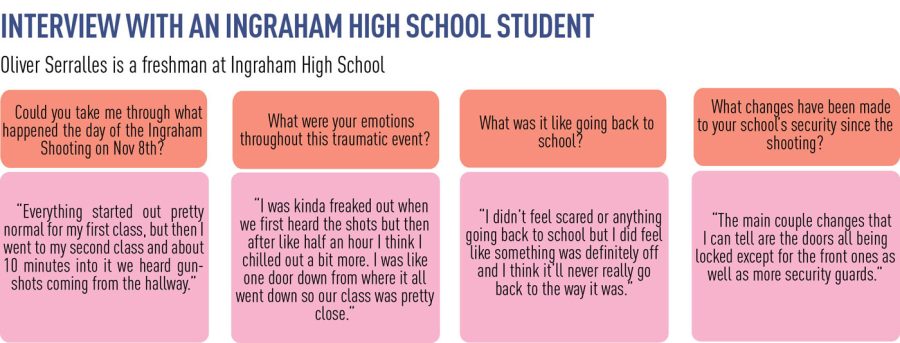
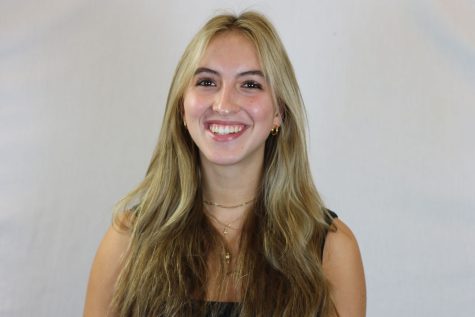
Annabel Wickham is one of the web editors-in-chief of UPrepmedia.com and she has been on staff for three years. Her favorite stories to write are student...
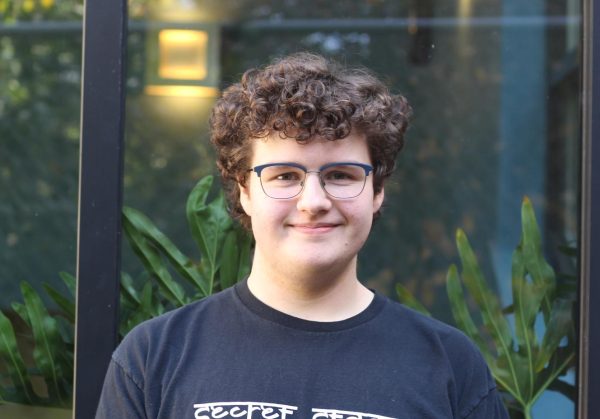
Teddy Bergstrom is an Editor-in-Chief of the Puma Press. He is a junior and this is his third year on staff. He loves to write opinion articles and experiential....


